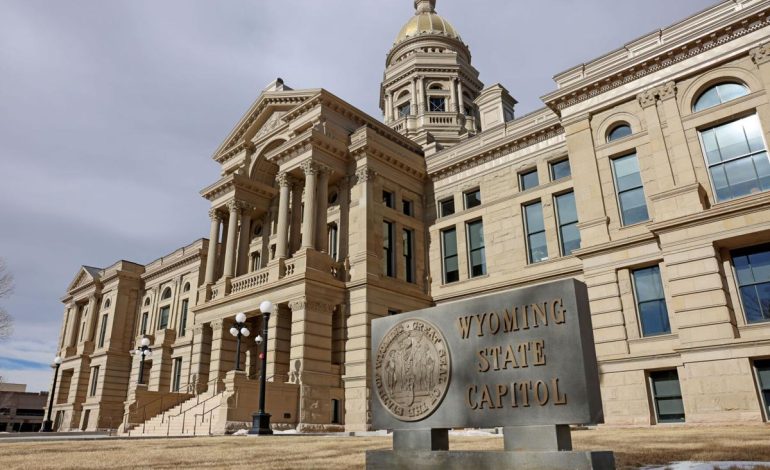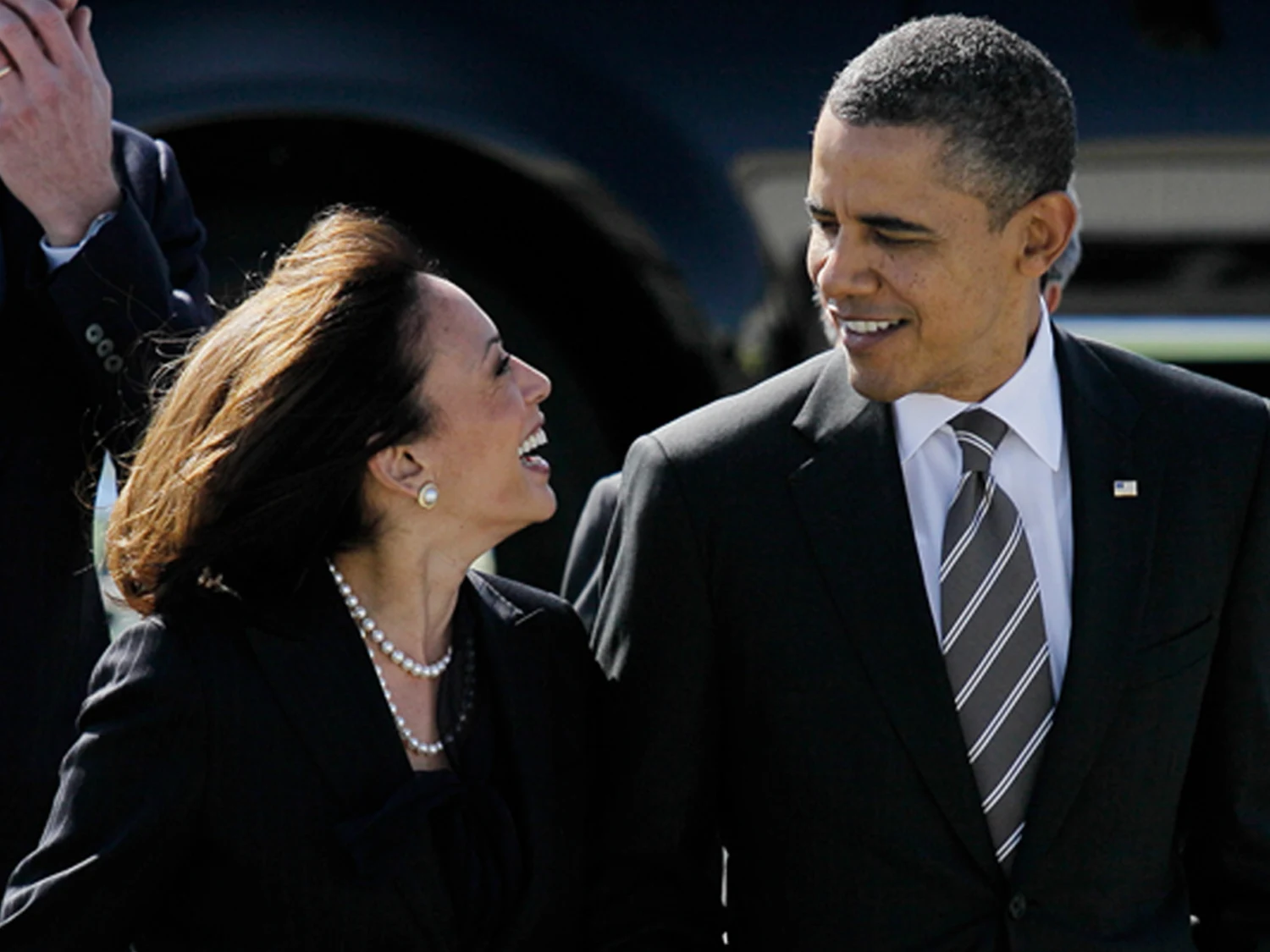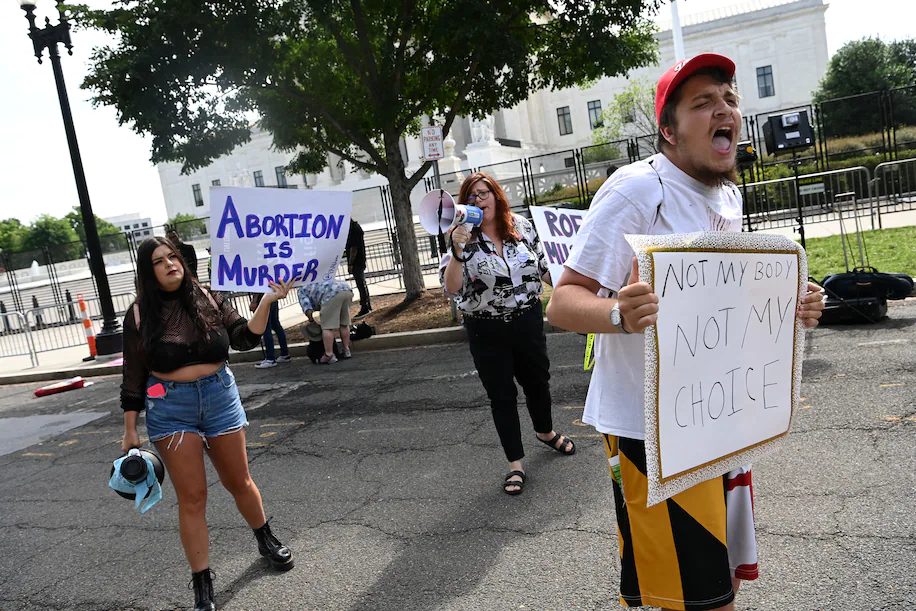A proposal to completely dismantle Wyoming’s current property tax system and consider replacing it with a new structure — potentially a sales tax-based model — is gaining traction in the state Legislature, Casper Star-Tribune reports.
The measure, introduced during a recent meeting of the Joint Revenue Committee in Gillette, was spearheaded by Sen. Bob Ide, R-Casper, who argues that the current system has become too complex and burdensome for taxpayers.
Ide called for the Legislative Service Office to draft a bill that would repeal the property tax structure enshrined in Article 15 of the Wyoming Constitution. Any such constitutional change would require a two-thirds majority in both legislative chambers, gubernatorial approval, and a majority vote from Wyoming residents in a general election.
“We’re at a point where taxpayers are paying on unrealized gains driven by inflation,” said Ide. “A sales tax is the only fair way to address this. At least with a consumption tax, people have a choice.”
The proposal follows recent reforms that lawmakers say have made property tax assessments more confusing for both residents and county officials. Crook County Assessor Dan Thomas, speaking for the Wyoming County Assessors Association, noted that interpreting property tax bills now requires multi-year comparisons to track layered exemptions and shifting assessment structures.
“This complexity is ongoing and is only growing,” Thomas said. “It has led to misapplications, missed deadlines, and mounting frustration.”
While Ide’s motion to draft the bill passed 11-3, opposition came from lawmakers concerned about the fairness and potential fallout of such a dramatic overhaul. Sen. Cale Case, R-Lander, warned that switching to a sales tax could disproportionately impact low-income residents and rural areas with less commercial activity.
“You’d still be dealing with fairness issues,” Case said. “Property taxes have their flaws, but we’ve done a pretty good job with them, and they’re not excessively high.”
Rep. Liz Storer, D-Jackson, echoed these concerns, highlighting the potential revenue loss. Wyoming collected more than $2 billion in property tax revenue in fiscal year 2024 — nearly half of all state tax revenue. In contrast, total sales and use taxes generated only about $1.4 billion.
“We’re looking at a gap of $600 million just to break even,” Storer said. “We’d likely need to double the sales tax rate to make up the difference.”
Despite the strong language surrounding abolition, some lawmakers who supported Ide’s motion emphasized that the intent is to open the door to reform — not necessarily eliminate property tax entirely. Sen. Troy McKeown, R-Gillette, described the motion as a starting point for deeper analysis.
“It doesn’t mean we’re replacing property tax with a 6% sales tax,” McKeown said. “It means we’re trying to figure out a better approach.”
In addition to the major overhaul proposal, the committee advanced other motions aimed at modifying existing exemptions. Rep. Ann Lucas, R-Cheyenne, successfully proposed removing the expiration date on the long-term homeowner tax exemption for residents aged 65 and older who have lived in Wyoming for 25 years. So far, around 32,000 applications have been filed for the exemption, which offers a 50% reduction on the assessed value of a primary residence.
Rep. Gary Brown, R-Cheyenne, introduced a motion to eliminate the eight-month residency requirement for a separate 25% exemption on owner-occupied homes. Critics, including Storer, argued that this change would disproportionately benefit second-home owners in wealthy areas like Teton County — which currently accounts for 39% of the state’s property tax exemptions.
A legislative analysis estimated that the 25% homeowner exemption will cost the state $113 million in fiscal year 2026, with $70.9 million affecting school funding and $42.1 million impacting counties and municipalities. Weston County officials voiced concern over the cumulative effect of these changes. Commissioner Ed Wagoner noted that his county stands to lose over $220,000 — a significant shortfall for local services.
“We don’t have $220,000 to cut,” said Wagoner. “Special districts will lose even more, and many have no way to raise new revenue. It’s a real threat to our financial stability.”









The latest news in your social feeds
Subscribe to our social media platforms to stay tuned